July 2, 2025 | 14:05 GMT +7
July 2, 2025 | 14:05 GMT +7
Hotline: 0913.378.918
July 2, 2025 | 14:05 GMT +7
Hotline: 0913.378.918
The Can Tho City Agricultural Service Center has recently collaborated with the Cuu Long Delta Rice Research Institute to organize a workshop evaluating the implementation of AWD irrigation technology in climate-resilient rice farming locally while setting directions to replicate the model across the city. This is one of the concrete steps toward implementing the "Sustainable Development of One Million Hectares of High-Quality and Low-Emission Rice Associated with Green Growth in the Mekong River Delta by 2030" project (referred to as the One Million Hectares Rice Project).
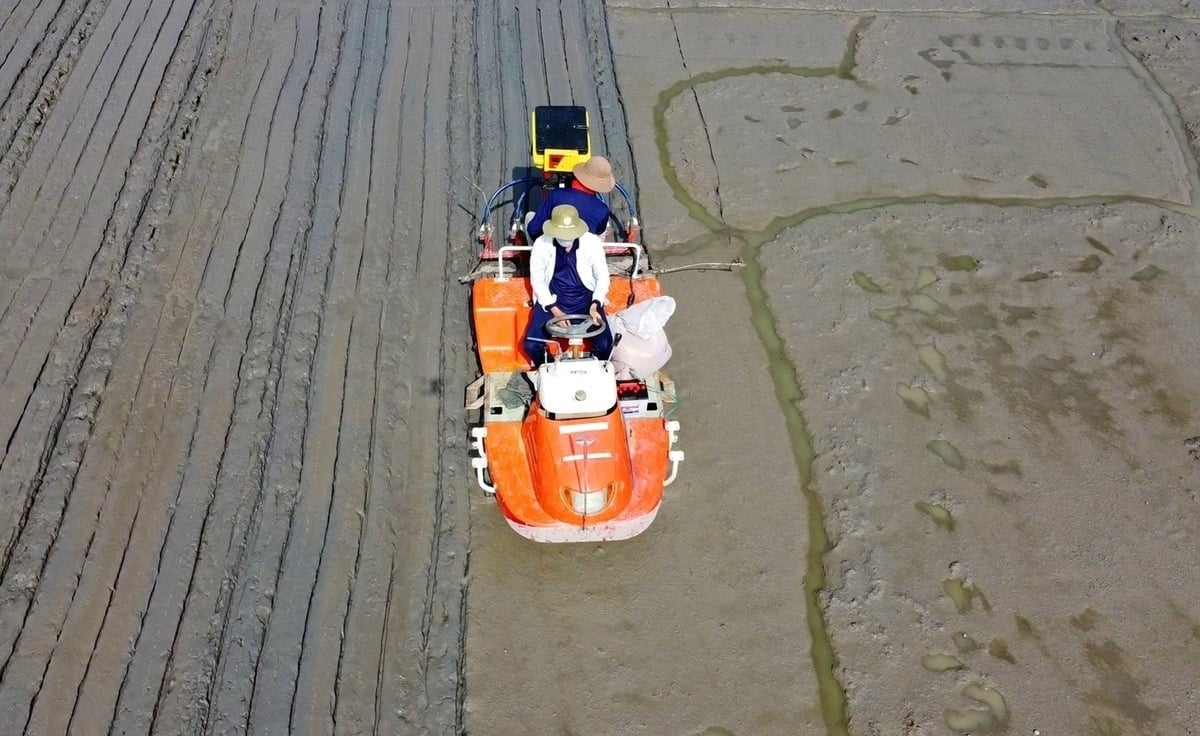
All cooperatives and individuals participating in the One Million Hectares of High-Quality Rice project in Can Tho have reported positive results. Photo: Le Hoang Vu.
Mr. Nguyen Trong Tue, Deputy Head of the Technical Department at the Can Tho City Agricultural Service Center, said that the city is currently encouraging cooperatives and individuals to take part in the One Million Hectares Rice Project. Particularly, in the 2024–2025 winter-spring crop, a pilot model of low-emission rice farming was implemented in three districts, including Vinh Thanh, Thoi Lai, and Co Do (formerly part of Can Tho City), with a total area of 105 hectares.
Despite unfavorable weather conditions, with prolonged heat and early morning fog that made crop care and pest management more challenging, the model has still achieved positive results thanks to the synchronous application of scientific solutions and a tightly managed production process.
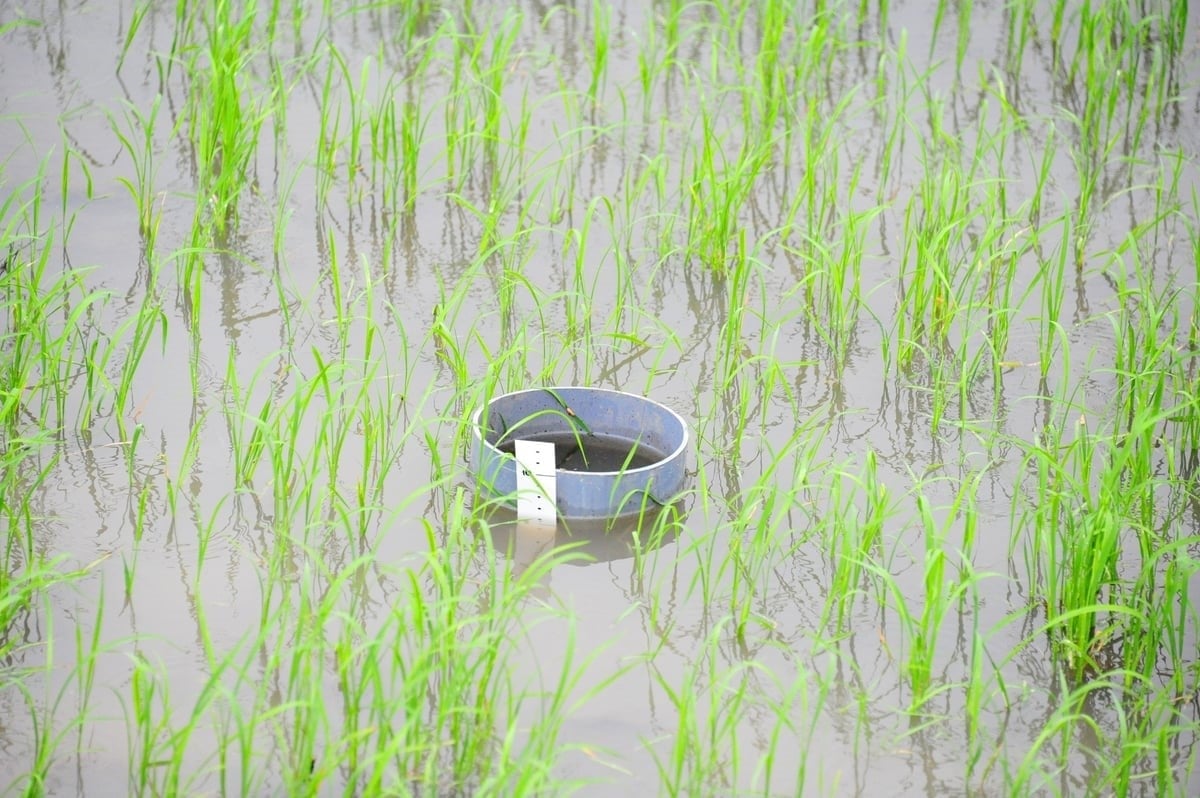
Alternate wetting and drying irrigation contributes to realizing the goal of sustainable production. Photo: Le Hoang Vu.
One of the key techniques emphasized is alternate wetting and drying (AWD) irrigation. This solution helps save irrigation water, reduce methane emissions, and maintain stable rice yields. The method requires farmers to irrigate only when the water level in the field drops 15 cm below the soil surface or when field surface cracks begin to appear. During critical growth stages of rice plants, such as from 12 to 22 days or from 28 to 40 days after sowing, farmers positively drain off the water to maintain the AWD regime, which benefits rice growth while reducing production costs.
In addition, the technical procedure for high-quality, low-emission rice production, developed by the Plant Production and Protection Department in coordination with the International Rice Research Institute (IRRI) and experts, is also being applied locally. This comprehensive procedure covers all stages from tillage, sowing, water management, fertilization, pest control, harvesting, drying, and storage to rice straw handling.
Notably, the use of certified seeds, mechanical row sowing combined with deep fertilizer placement, the application of leaf color charts to adjust nitrogen levels, and the mechanization of harvesting, drying, and storage all contribute to improving grain quality and reducing production costs.
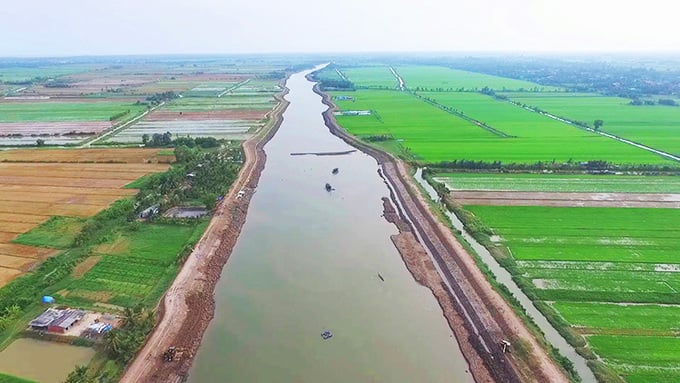
Applying AWD irrigation in rice cultivation helps reduce fertilizer and pesticide costs by 5–10% while maintaining stable yields.
According to experts from the Cuu Long Delta Rice Research Institute, rice variety is considered a key factor in achieving the goals of the One Million Hectares Rice Project. The Institute is focusing on breeding and testing new varieties that meet high-quality standards, deliver good yields, adapt to harsh conditions, and have the potential to reduce greenhouse gas emissions. The Institute's varieties developed and highly evaluated through pilot production programs include OM18, OM5451, and, more recently, OM9582.
Additionally, the transfer of technological advancements such as smart rice farming practices, efficient fertilizer use, and the application of biological preparations is being accelerated. The Institute is coordinating with Mekong Delta localities to ensure that rice-growing areas not only meet domestic standards but also comply with increasingly stringent requirements from export markets.
Alternate wetting and drying (AWD) is a water management technique in rice cultivation. By reducing the number of times needed to pump water and irrigate the field in a certain area, AWD proves to be an effective solution for reducing production costs.
The successful implementation of AWD irrigation and low-emission rice farming in Can Tho City shows clear potential for replication. By applying scientific techniques, using high-quality rice varieties, and reducing input costs and emissions, the city is making concrete progress toward the goals of the One Million Hectares Rice Project in Vietnam. These efforts not only improve production efficiency but also enhance the competitiveness of local rice in export markets.
Translated by Thu Huyen
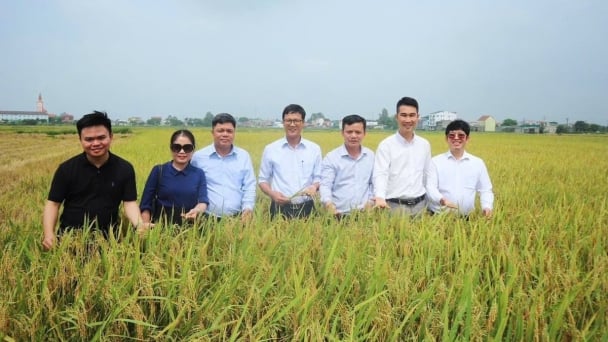
(VAN) The rice cultivation model applying the alternate wetting and drying (AWD) irrigation method has demonstrated significant emission reduction efficiency and has been registered as a carbon credit project.
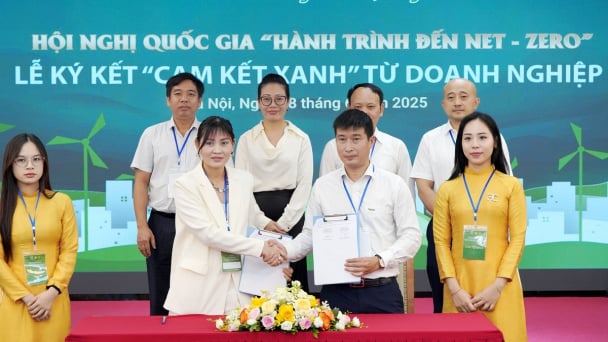
(VAN) The event initiated policy, technical, and financial alignment efforts, which enabled businesses, particularly small and medium-sized enterprises, to proactively transition to low-emission development.
/2025/06/30/0115-3-125736_6.jpg)
(VAN) This is the wish of local governments and pig farmers to establish comprehensive herd immunity, enhance the effectiveness of African Swine Fever (ASF) control, and reduce economic losses.
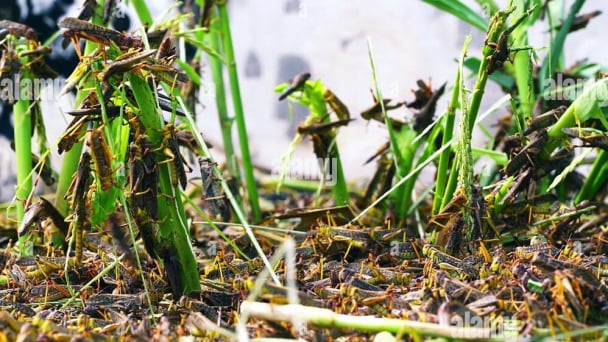
(VAN) A group of Chinese researchers has discovered the biosynthesis and release process of the key pheromone that causes a locust outbreak, making an important contribution to the ecological prevention of locust plagues.
/2025/06/27/4654-2-213900_52.jpg)
(VAN) The Central Annamites Landscape Strategy for the 2025–2030 period sets a comprehensive direction for forest conservation, ecosystem restoration, and sustainable livelihood development.
![Lifting the IUU 'yellow card': [2] Thorough preparation for the EC inspection](https://t.ex-cdn.com/nongnghiepmoitruong.vn/608w/files/huytd/2025/06/27/3109-1-005033_548.jpg)
(VAN) Ahead of the fifth inspection by the EC, Khanh Hoa and Phu Yen have controlled fishing vessels, catch volumes at ports, and VMS equipment to meet the requirements for lifting the IUU 'yellow card.'